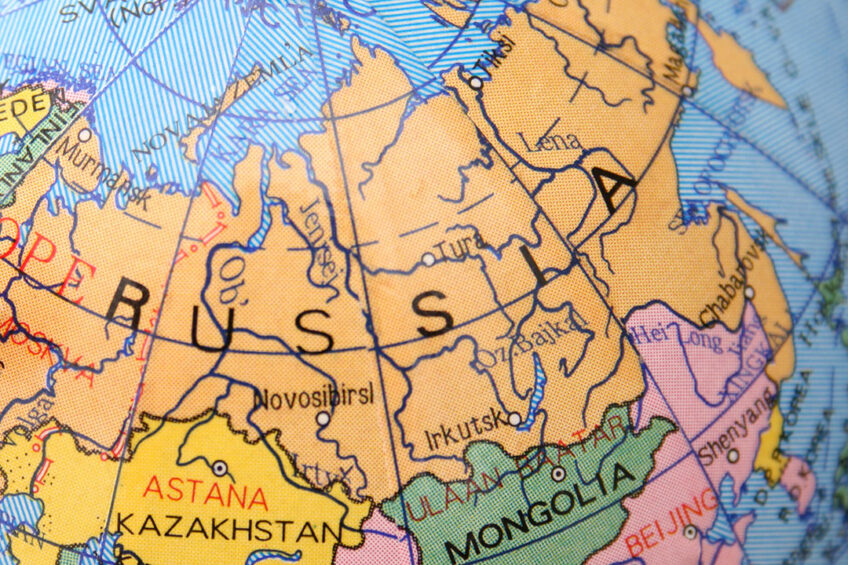Russia: Poultry prices up, gov’t kicks off antimonopoly investigation

The Russian Federal Antimonopoly Service (FAS) has launched an investigation into the poultry market to find out whether economic factors justified this year’s rise in wholesale prices.
FAS said that 2 Russian poultry manufacturers got “prescriptions” from the regulator after their recent deals were scrutinised. Following further analysis, FAS will decide whether further action is required.
At the end of July, poultry prices in Russia hit 197 roubles per kg (US$2), an all-time high. Since the beginning of 2023, prices climbed by 16%, though the trend was uneven throughout the year.
On 26 July, the Russian Agricultural Ministry stated that the price dynamics of the majority of food products were within the inflation rate.
A temporary shortage
In May 2023, the Russian newspaper Vedomosti reported, citing an anonymous source in the Russian retail industry, that the poultry market experienced a shortage of broiler carcasses to an extent stemming from difficulties industrial farms in the Belgorod region were facing.
Another anonymous source confirmed to the publication that the bordering regions face logistics and raw material supply challenges. He didn’t provide any additional details. Belgorod is the Russian leader in terms of industrial broiler meat production. It borders Ukraine’s Kharkiv region on the west.
Ruble’s crash
In addition, there are signs that the upward trend in the Russian poultry market is only gaining steam. Russian retail chains have recently asked the government to acknowledge Russian ruble fluctuations as a reasonable factor to change prices. Over the previous 12 months, the Russian ruble lost 44% value against the dollar, 78% against the euro and 60% against the yuan, the Russian Union of food producers Rusprodspyuz said.
The Russian ruble has weakened by 26% this year as a result of a collapse in export revenues and growing budget spending, making it the third worst-performing global currency this year.
The ruble’s devaluation drives down production costs and freight rates. The latter jumped by 61% in the most popular directions during the past year, Rusprodspyuz calculated.
Some market players, however, warned that accepting the Rusprodspyuz’s demand could undermine the Russian government’s effort to keep food inflation at bay.
It is extremely risky to change the rules by accepting the growth of the foreign currency exchange rate as an unconditional and comprehensive factor to change retail prices, assumed Igor Karavaev, chairman of the praesidium of the Association of retail companies, AKORT.












